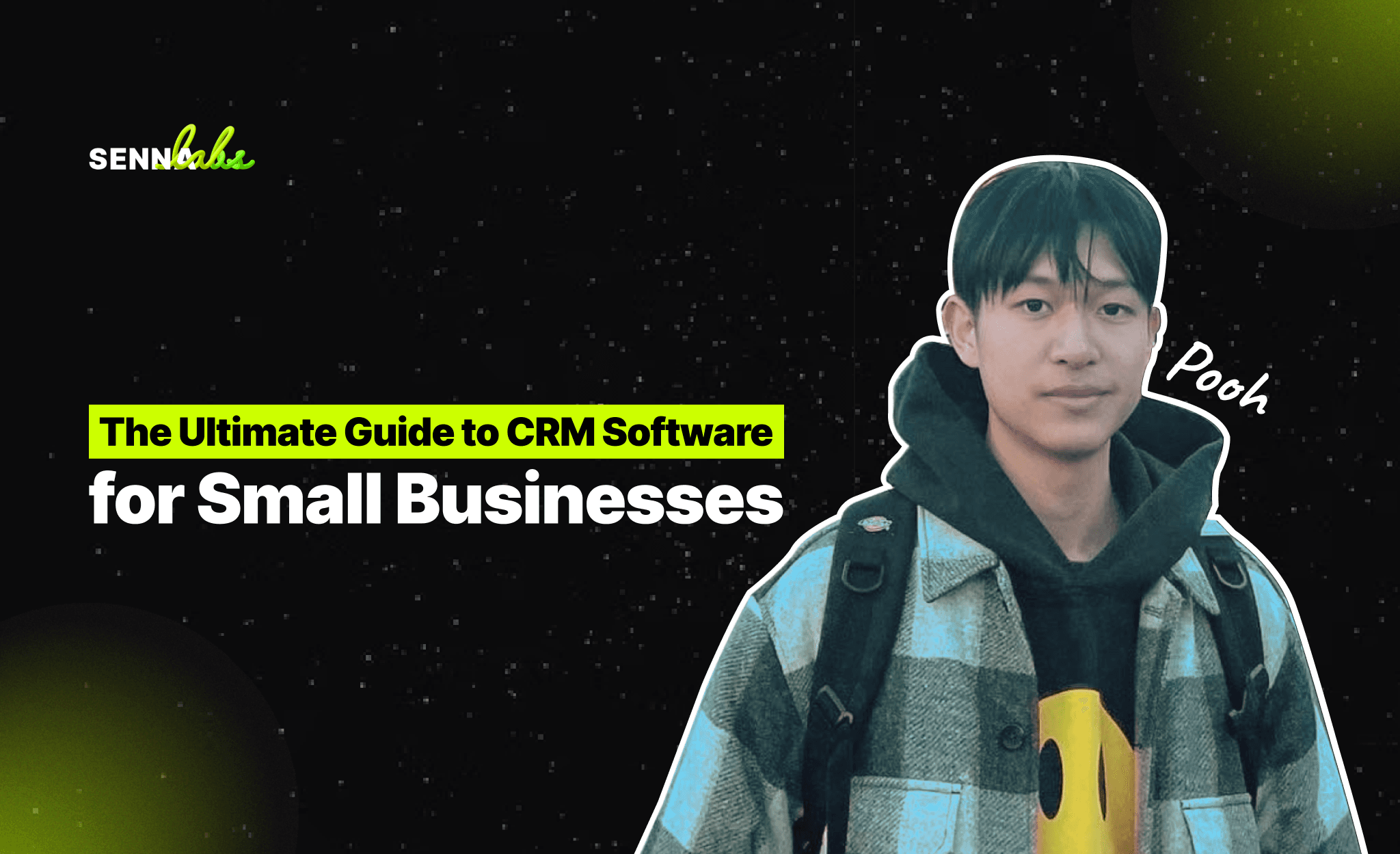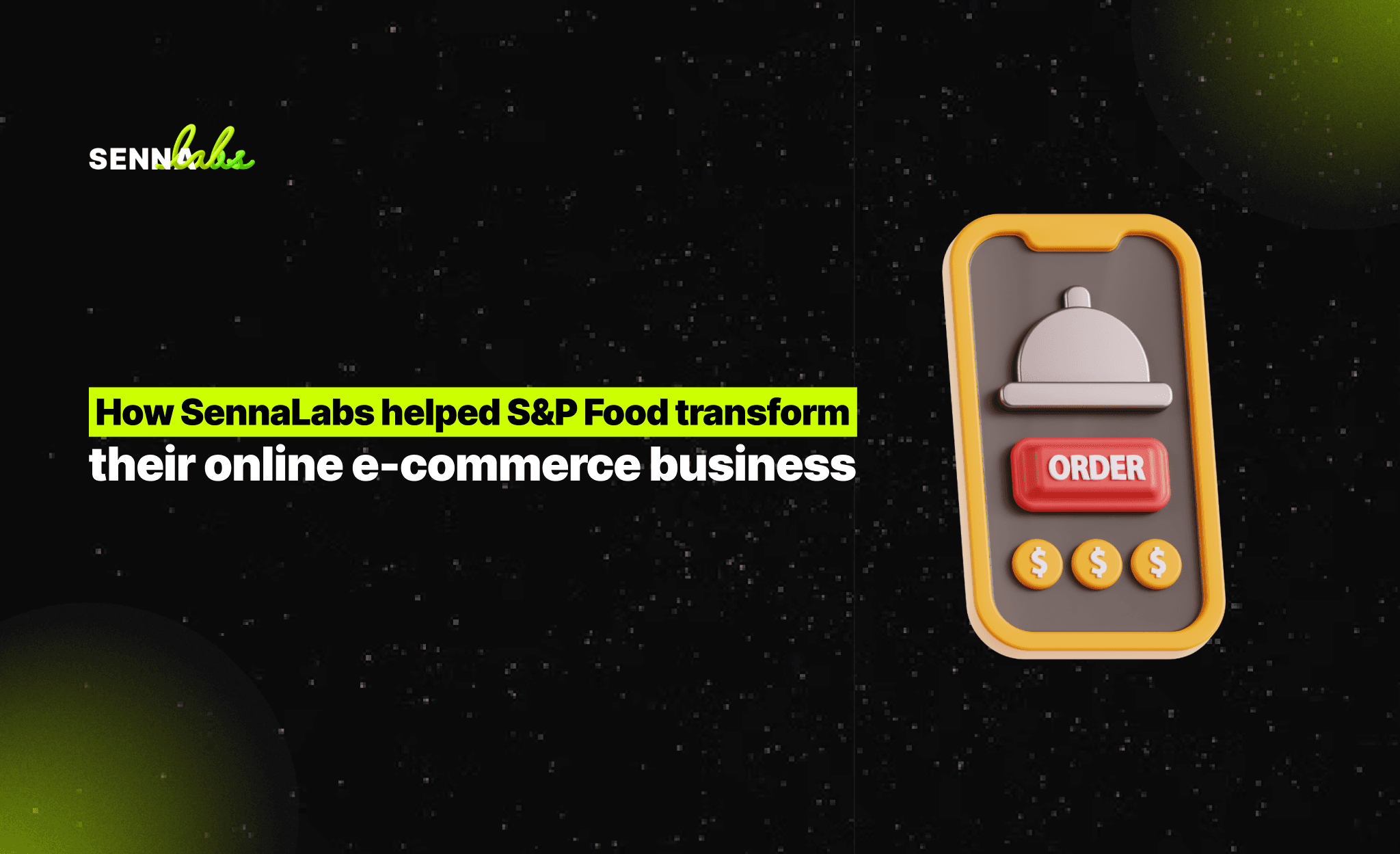The Ultimate Guide to CRM Software for Small Businesses

Customer Relationship Management (CRM) software is a tool designed to help businesses manage interactions with customers, streamline operations, and build stronger relationships. While traditionally associated with large corporations, CRM software is now more accessible and beneficial for small businesses than ever before.
This guide explains the basics of CRM software, its benefits, and how small businesses can use it to optimize their operations and customer relationships.

Why CRM Software is Essential for Small Businesses
For small businesses, customer relationships are at the heart of success. However, as your customer base grows, managing these relationships can become challenging. Spreadsheets, sticky notes, or manual tracking may suffice in the beginning, but they quickly become inefficient.
CRM software provides a centralized platform to:
-
Track customer interactions and preferences.
-
Manage sales, marketing, and customer support workflows.
-
Automate repetitive tasks to save time and reduce errors.
-
Generate insights that help make data-driven decisions.
In short, CRM software empowers small businesses to provide a seamless, personalized experience for their customers.
Key Benefits of CRM Software for Small Businesses
1. Improved Customer Relationships
CRM software stores detailed customer profiles, including purchase history, preferences, and communication records. This enables businesses to personalize interactions and build stronger connections.
-
Example: A boutique clothing store implemented a CRM to track customers’ style preferences. By offering personalized recommendations, the store increased repeat purchases by 20%.
2. Streamlined Operations
CRMs automate repetitive tasks such as sending follow-up emails, scheduling appointments, and generating invoices. This allows small business owners to focus on growth instead of manual admin work.
3. Enhanced Sales and Marketing
With tools like lead tracking, email campaigns, and sales pipeline management, CRMs make it easier to convert prospects into loyal customers.
4. Better Team Collaboration
CRMs provide a shared database for your team, ensuring everyone has access to the same customer information. This improves coordination between sales, marketing, and support teams.
5. Scalable Growth
As your business expands, a CRM can grow with you, accommodating new customers, employees, and processes.
Features to Look for in CRM Software
When choosing a CRM for your small business, focus on features that align with your specific needs. Here are some key ones to consider:
-
Contact Management: Store and organize customer information in one place.
-
Sales Pipeline Tracking: Monitor leads as they move through the sales funnel.
-
Task Automation: Automate reminders, follow-ups, and routine tasks.
-
Email Integration: Sync your email platform for seamless communication.
-
Reporting and Analytics: Gain insights into sales performance and customer behavior.
-
Mobile Access: Manage your CRM on the go with a mobile-friendly interface.
How to Get Started with CRM Software
Step 1: Define Your Goals
Before selecting a CRM, identify your business goals. Do you want to improve customer retention? Increase sales? Streamline workflows? Clear objectives will help you choose the right tool.
Step 2: Evaluate CRM Options
Research CRM solutions tailored to small businesses. Popular choices include:
-
HubSpot CRM (free with basic features).
-
Zoho CRM (affordable and scalable).
-
Salesforce Essentials (powerful but more advanced).
-
Pipedrive (great for sales-focused businesses).
Step 3: Test the Software
Most CRM providers offer free trials. Use this time to explore the features, test integrations, and assess user-friendliness.
Step 4: Train Your Team
A CRM is only as effective as the people using it. Train your team on how to navigate the software, input data, and utilize its features to maximize results.
Step 5: Monitor and Optimize
Once your CRM is up and running, regularly review its performance. Use analytics to identify areas for improvement and adjust your strategies accordingly.
Real-Life Success: A Boutique Clothing Store’s Journey with CRM
A small boutique clothing store faced challenges managing their growing customer base. They struggled to track customer preferences and follow up with repeat buyers. After implementing a simple CRM system, they saw immediate benefits.
Key Actions Taken:
-
Collected and stored customer purchase histories and style preferences.
-
Automated follow-up emails thanking customers and suggesting new arrivals tailored to their tastes.
-
Used analytics to identify high-value customers and target them with exclusive discounts.
Results:
-
Repeat purchases increased by 20%.
-
Customers appreciated the personalized shopping experience, leading to higher satisfaction and loyalty.
-
The store’s staff saved hours each week by automating follow-ups and tracking customer data in one place.
Conclusion: Why Your Small Business Needs a CRM
CRM software isn’t just for large enterprises—it’s a powerful tool that can transform small businesses. From improving customer relationships to streamlining operations, the benefits of a CRM are undeniable. By choosing the right CRM and implementing it effectively, you can unlock new opportunities for growth and success.
Whether you’re a boutique clothing store, a local café, or a growing online business, investing in a CRM can help you stay organized, improve customer satisfaction, and take your business to the next level. Start exploring your options today and watch your small business thrive!


Subscribe to follow product news, latest in technology, solutions, and updates
Other articles for you



Let’s build digital products that are simply awesome !
We will get back to you within 24 hours!Go to contact us Please tell us your ideas.
Please tell us your ideas.







